If you've been to Peru, you've probably seen the Cusco flag waving across the city. Its bright colors and unique design make it stand out, and it’s become an important symbol of Cusco. However, it’s often mistaken for the LGBTQ+ flag. So, what's the real story behind it?
To clear up any confusion, we’ll explore the origins of Cusco’s rainbow flag, its meaning, and its connection to Inca mythology, uncovering the story behind this beloved piece of Peruvian culture.
Cusco: The City Behind the Rainbow Flag
Cusco, or Qosqo in Quechua, is a city in southeastern Peru, famous for being the capital of the Inca Empire. It’s one of the country’s most popular travel destinations, known for its stunning colonial architecture and its proximity to Machu Picchu. Among the many sights in Cusco, one stands out—the iconic rainbow flag. And that’s exactly what we’re here to explore.
Origin of the Cusco Flag
Despite what many people think, the flag of Cusco isn't that old, and the Incas never actually used it as an official symbol.
It all started in 1973 when local resident Raúl Montesinos Espejo introduced the rainbow flag to celebrate the 25th anniversary of Tawantinsuyo Radio station. He was inspired by the Aymaran wiphala, an emblem used by Indigenous communities across Peru, Bolivia, Chile, Ecuador, northeastern Argentina, and southern Colombia.
By 1978, the flag had become so popular that Cusco’s mayor at the time, Gilberto Muñiz Caparo, officially adopted it as the city’s flag. Then, in 2021, it got an update with the addition of the Sol de Echenique, a golden sun emblem placed right in the center.
The flag's seven colors—red, orange, yellow, green, sky blue, blue, and purple—now take center stage at all major official events and parades, including the celebration of the city's anniversary on June 24.
The controversy around the rainbow flag
Cusco’s flag has been a topic of debate in recent years. Some people think it looks too much like the LGBTQ+ flag and suggest it should be changed, while others see it as a proud symbol of Peruvian culture that should stay. It’s easy to see why there’s confusion—after all, they do look very similar.
The flag is commonly seen during parades and city celebrations, not just in Cusco but in other parts of the world too. That’s why many tourists—maybe even you—have mistaken it for the LGBTQ+ flag.
Luckily, the resemblance is just a coincidence. Both flags were created for different reasons and at a time when information didn’t travel as fast as it does today. Back then, most Peruvians probably had no idea about any connection between the two.
Differences between the Cusco flag and the LGTBIQ+ flag
At first glance, the Cusco and LGBTQ+ flags might look identical to anyone unfamiliar with them. But there’s a small detail that sets them apart—Cusco’s flag has seven colors, including light blue, while the LGBTQ+ flag has only six.
The flag of Cusco features seven stripes, which are said to represent the seven chakras, or energy centers, of the human body. Some also believe that colors stand for elements of nature, like earth, air, fire, water, and spirit.
The LGBTQ+ flag stands for pride and unity within the lesbian, gay, bisexual, transgender, and queer communities. It was designed by American artist Gilbert Baker in 1978 and has since become a well-known symbol of the community around the world.
The very first rainbow flag, hand-stitched by Baker, made its debut on June 25, 1978, during San Francisco’s Gay Freedom Day Parade. It features six stripes, and each color represents a different aspect of the community:
- Red represents life
- Orange stands for healing
- Yellow symbolizes sunlight
- Green represents nature
- Blue stands for harmony
- Violet represents spirit
Symbolism of the Cusco flag
The flag of Cusco has seven horizontal stripes in different colors, representing the rainbow.
Many people think it has ties to the Incas, but the truth is they didn’t use flags to represent their nation. However, the rainbow was an important symbol for Andean cultures, especially the Incas.
For the Incas, the rainbow—known as Kuychi—was more than just a natural phenomenon. They saw it as a deity, and during the colonial period, it was even used as a symbol of the Sapa Inca. Kuychi was closely connected to the mythical serpent Amaru and was seen as a sign of both prosperity and misfortune.
That said, the Incas didn’t actually use the rainbow as an official emblem. Instead, they carried banners—usually square-shaped—during wars and special events. These banners often featured stepped patterns and geometric designs.
To avoid confusion with the LGBTQ+ flag, Cusco’s local government added the Sol de Echenique emblem to the center of the flag in 2021.
The debate over changing the Cusco Flag
In recent years, some people in Cusco have called for a change to the city’s flag. The current rainbow-colored flag is seen as a symbol of hope and unity, but not everyone feels it accurately represents Cusco’s history and culture.
The main reasons behind the push for a new flag are that it doesn’t include any symbols of the Inca Empire, which played a major role in Cusco’s past. On top of that, some Indigenous communities associate the rainbow with colonialism and oppression. Because of this, many believe a new flag could better reflect Cusco’s heritage and present-day identity.
At the end of the day, deciding whether to change the flag is not an easy task. It’s a complex issue that sparks strong opinions, and any decision will need to take all perspectives into account.
What do you think? Should Cusco stick with the rainbow flag or go for something new? Share your thoughts in the comments!

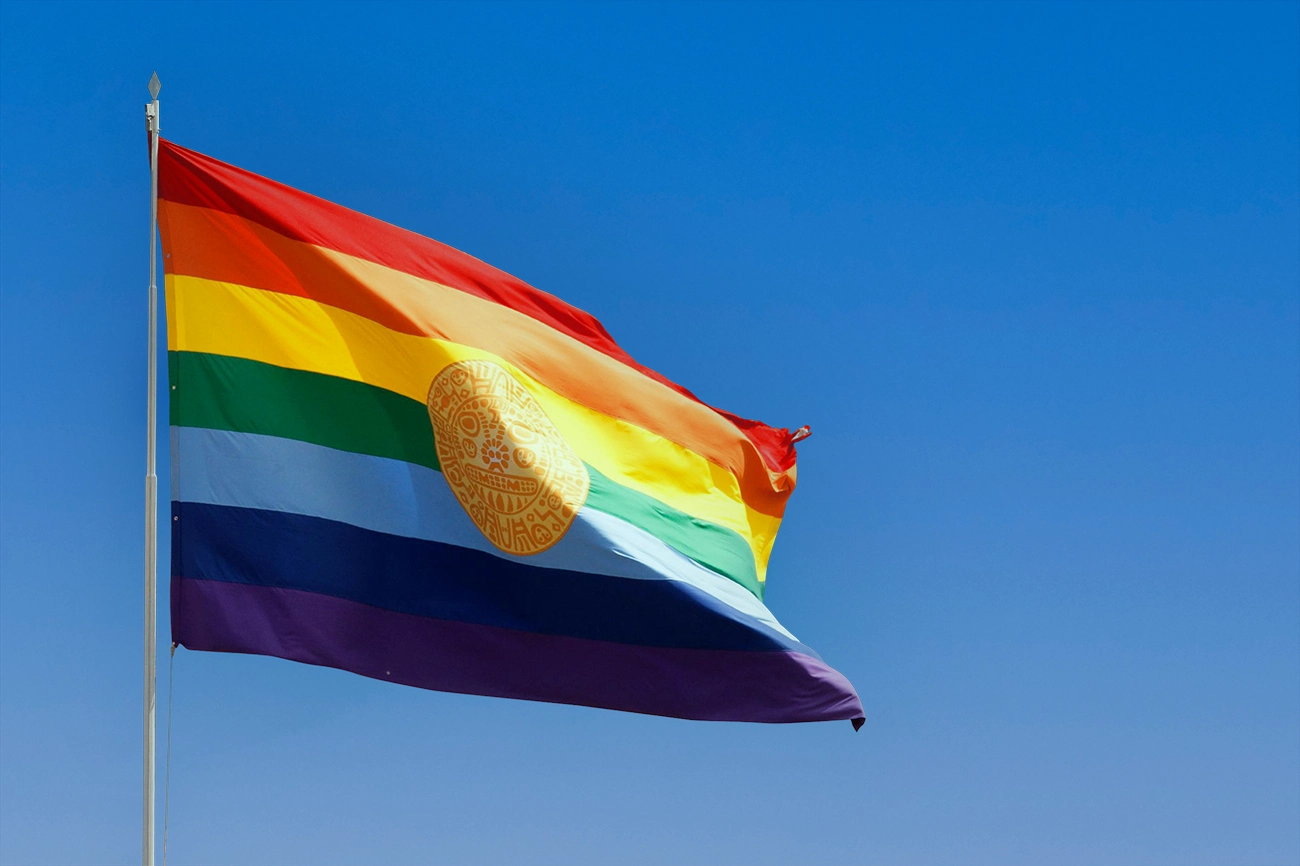
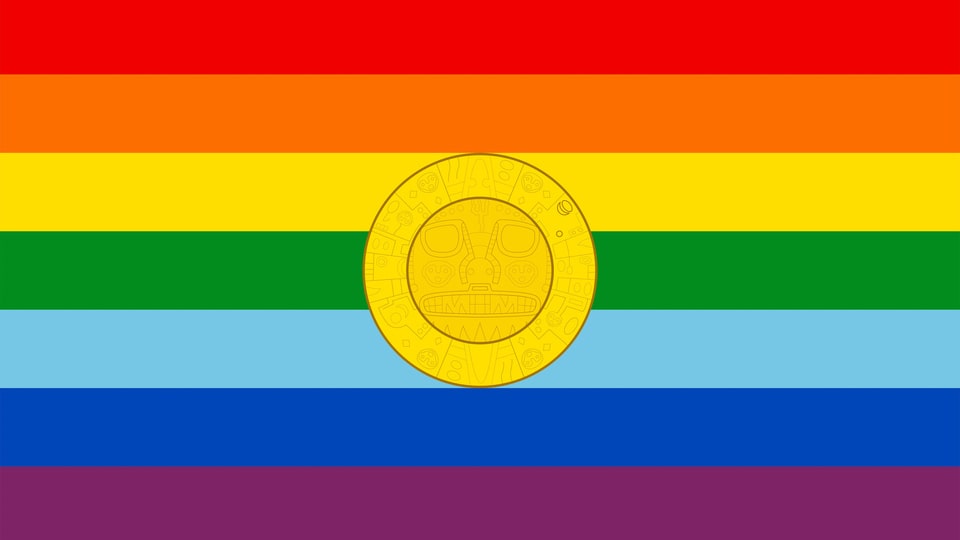

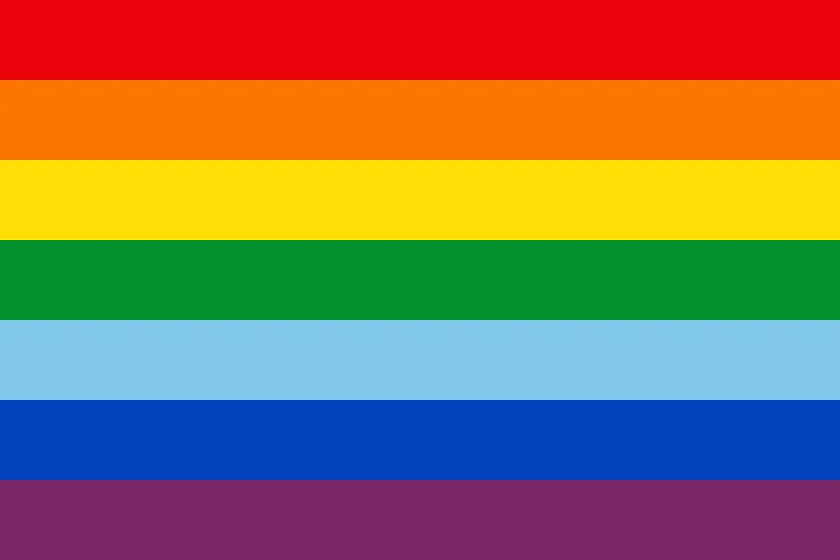
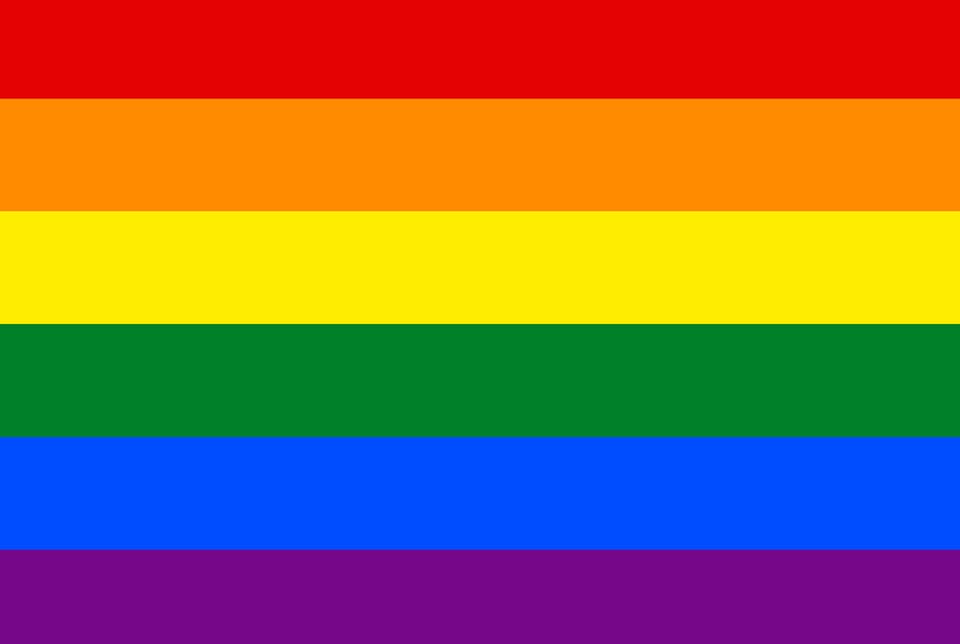
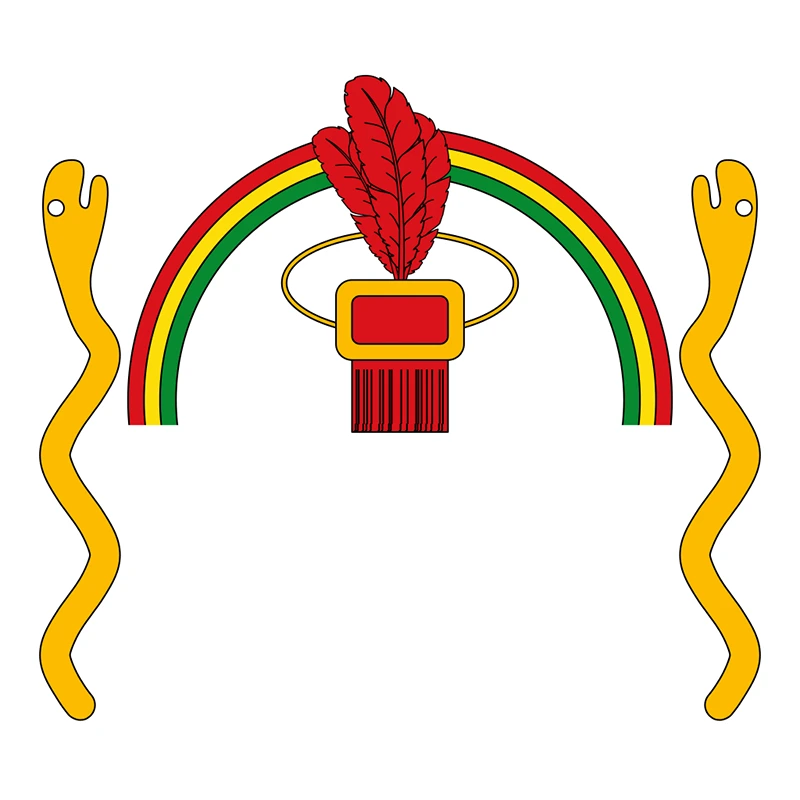
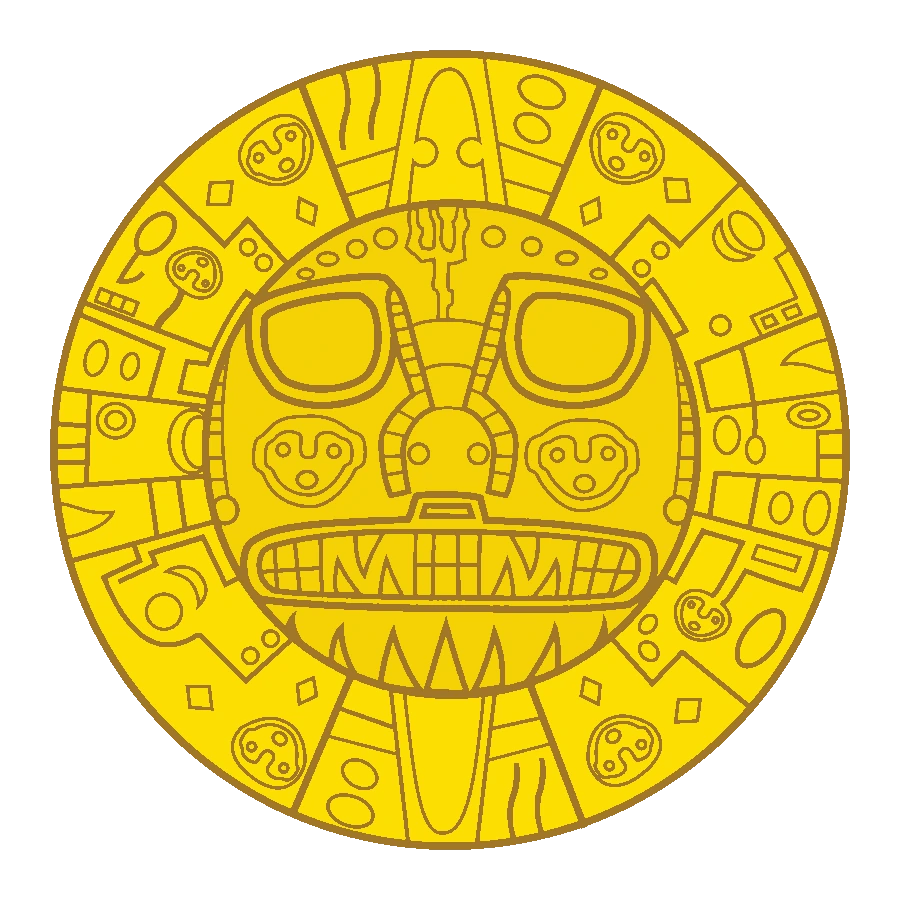
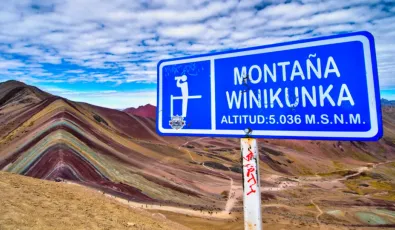
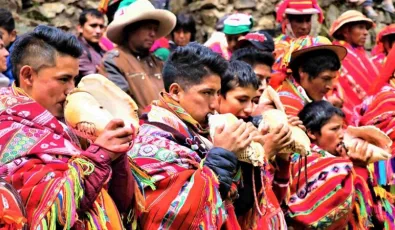
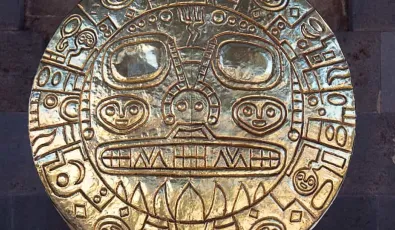
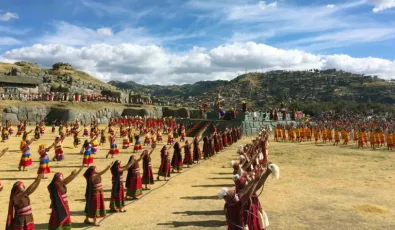

La Bandera de Cusco
La Manifestación de La Gran Misericordia y Pacto del Dios CREADOR de Todo con el Hombre!
Hermosa Bandera, Hermoso Cusco, Hermoso País Perú, Hermosa Gente!
Bendiciones desde México, tenemos Historias Similares!
Add new comment